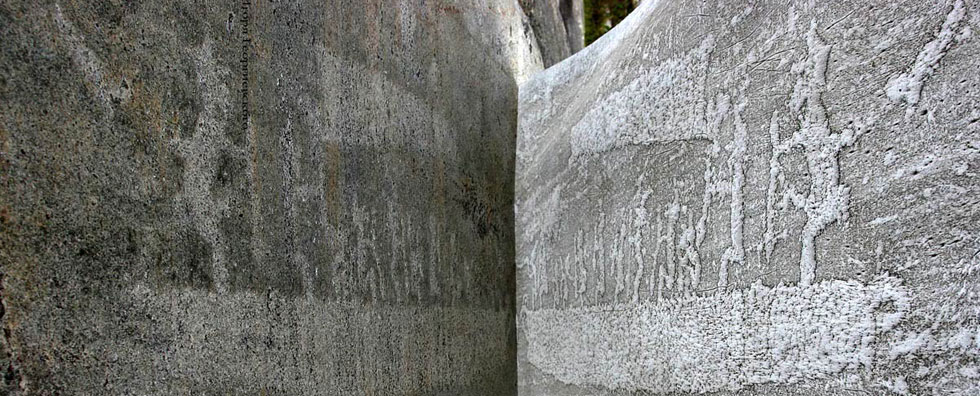
Issue №2, Vol. 17
Kuz'menkov A. The effectiveness of wall insulation of repaired residential wooden buildings in the Republic of Karelia // Resources and Technology. 2020. №2, Vol. 17. P. 23‒44.
DOI: 10.15393/j2.art.2020.5222
The effectiveness of wall insulation of repaired residential wooden buildings in the Republic of Karelia
| Kuz'menkov Aleksandr Alekseevich | Petrozavodsk State University, akka1977@bk.ru |
|
Key words: energy efficiency and resource conservation enclosing wall constructions insulation and cladding of facades technical and economic comparison |
Summary: The article presents the results of an applied research aimed at solving the problem of resource conservation in repaired residential wooden buildings. The relevance of the topic is justified by the need to implement the Regional program for the capital repair of apartment buildings located in the Republic of Karelia on going until 2044. The object of study: constructive and technological solutions of five options for heat insulation of wooden walls of the existing buildings. Research methods: analysis of known solutions, variant design, technical and economic analysis of options for three groups of indicators: technical, technological and economic. According to the results of the study, it was found that the most effective and low cost option is a hinged ventilated facade on a wooden crate with the use of the sprayed insulation “Polinor” and lining with a metal profiled sheet.. The obtained quantitative estimates of the volumes of necessary resources and new technologies allowed the author to identify the options that both reduce the period of wall insulation and covering and the heat leakage through the walls. The heat-insulating material proposed for use, due to its novelty, has not yet received widespread use, however, as shown by the study, it can be considered as a promising insulation of walls of residential wooden buildings during their capital repair. Prospects for the development of the topic of the article are connected with the justification of new options for enhancing the thermal protection of wooden residential buildings, taking into account the results presented in the article. |
Displays: 1061; Downloads: 631;




